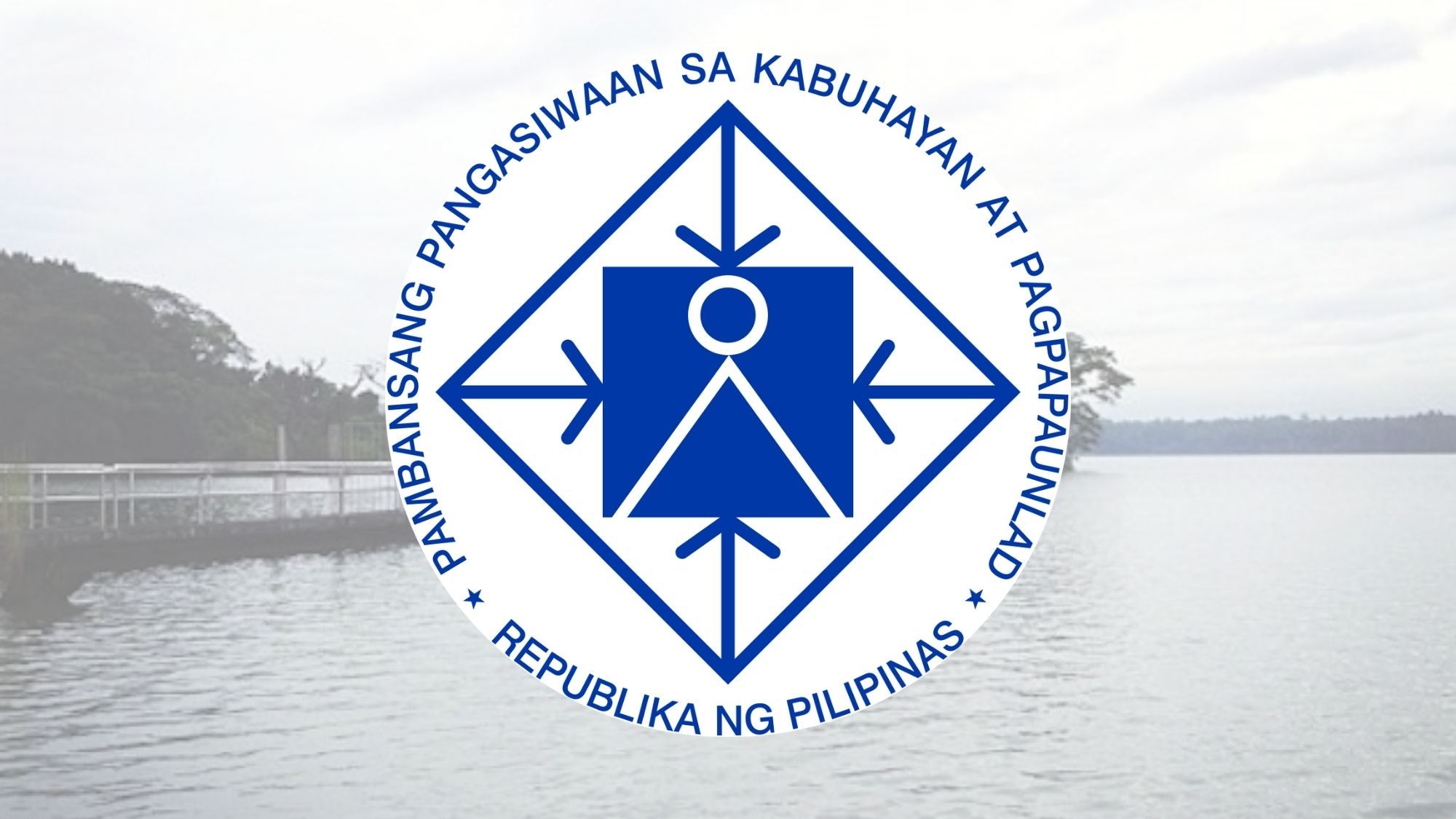Why create a new department to integrate and solidify the regulatory and development roles of the water agencies? NEDA is pushing to create a Department of Water Resources, another layer of fat for the bureaucracy, which is already burdening taxpayers too much and a drain to the economy.
INSTEAD of streamlining government—by chopping agencies not relevant and needed in today’s realities and reducing resources otherwise spent on government services and early retirement programs-- the National Economic and Development Authority is pushing the creation of yet another department, this time for water.
NEDA said "establishing effective water supply and sanitation (WSS) sector institutions and strengthening the regulatory environment are needed to address the future increase in water consumption and address gaps in sanitation services.”
What are the MWSS (Metropolitan Waterworks and Sewerage System), the Local Water Utilities Administration, the National Water Resources Board and the National Irrigation Authority doing?
For all the years of covering them, I am aware that they were set up to regulate the water industry and development.
In a speech at the virtual launch of the Philippine Water Supply and Sanitation Master Plan (PSWSSMP) today, NEDA Secretary Karl Kendrick Chua emphasized that integrated interventions from the local and national government, and stakeholders are crucial to achieve the goal of providing universal access to safe and sustainable water and sanitation to Filipinos by 2030.
“Such cooperation is at the heart of the Philippine Water Supply and Sanitation Master Plan, which was approved by the NEDA Board Committee on Infrastructure last April 6. It aims to not only provide safe water supply and sanitation services for all Filipinos, but also ensure that these services can withstand disasters and protect the environment,” Chua said.
Reform agendas
To accomplish this goal, the master plan focuses on eight key reform agendas: i) establishing effective water supply and sanitation sector institutions, ii) strengthening our regulatory environment, iii) creating and ensuring effective water supply and sanitation services, iv) balancing water supply and demand, v) building climate resiliency, vi) enabling access to financing, vii) managing data and information to determine baseline and gaps of investments, and viii) driving research and development in the sector.
Chua stressed that only 44 percent of households have individual connections to a proper, fully- reticulated waterworks system. The remaining 56 percent, or 57 million Filipinos fetch water for their families from communal pipes, springs, or wells up to 250 meters away.
Such conditions put them at risk of contracting the COVID-19 virus in a time when proper hygiene is essential. In response, the master plan creates a unifying framework for planning, implementing, and funding in the sector.
P1.1 trillion investment
The plan calls for a total investment of around P1.1 trillion in the sector until 2030.
If the investment is this big, then we must collapse the other regulatory agencies and liquefy their assets so that we can reduce our need to borrow locally or abroad to raise this much investment.
“By having clear policies and a unified framework, we look forward to more investments and participation from the private sector, the international development community, as well as local and national agencies,” Chua said.
He also sought their support for the creation of the Department of Water Resources, which “will unify our fragmented water sector and spearhead the implementation of this master plan.”
EO to integrate water agencies
Meanwhile, Assistant Secretary Roderick Planta said that NEDA is also championing the issuance of the Executive Order on Integrating and Coordinating Management of Water Resources by Transforming and Strengthening the National Water Resources Board into the National Water Management Council, pending the legislation of the Department of Water Resources and the Water Regulatory Commission.
The PWSSMP is in line with Chapter 19: Accelerating Infrastructure Development of the Philippine Development Plan (PDP) 2017-2022. The master plan formulates strategies, policy reforms, priority programs, and projects to achieve WSS-related targets in the PDP 2017-2022, and the United Nations Sustainable Development Goal (Clean Water and Sanitation).
Tags: #bureaucracy, #government, #waterresources, #DepartmentOfWater
